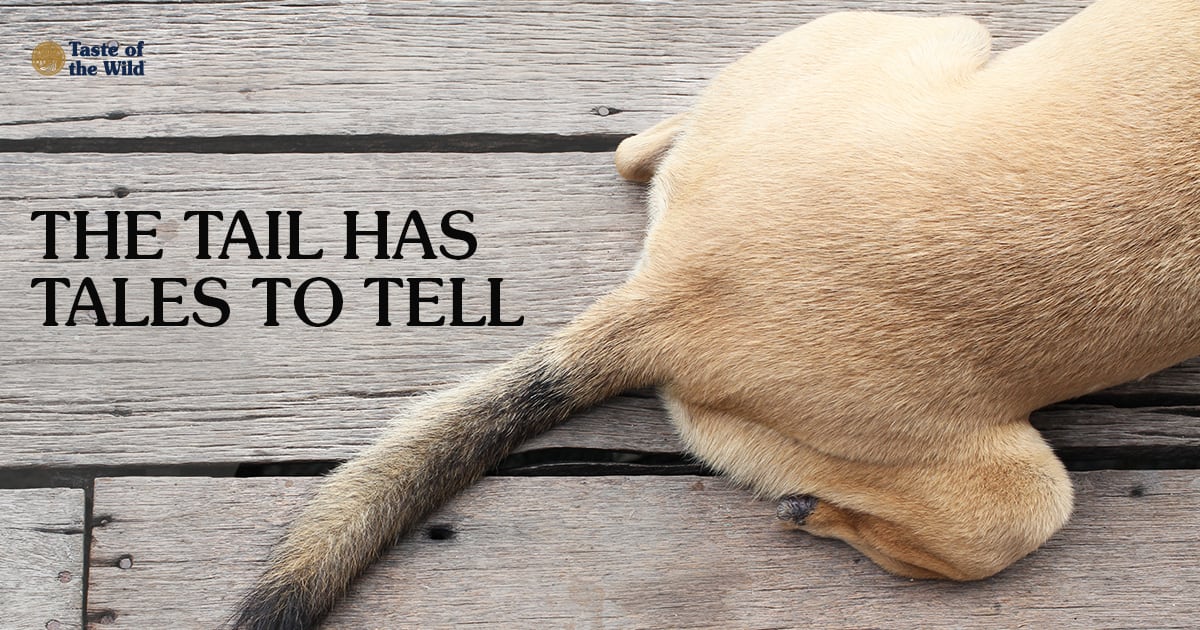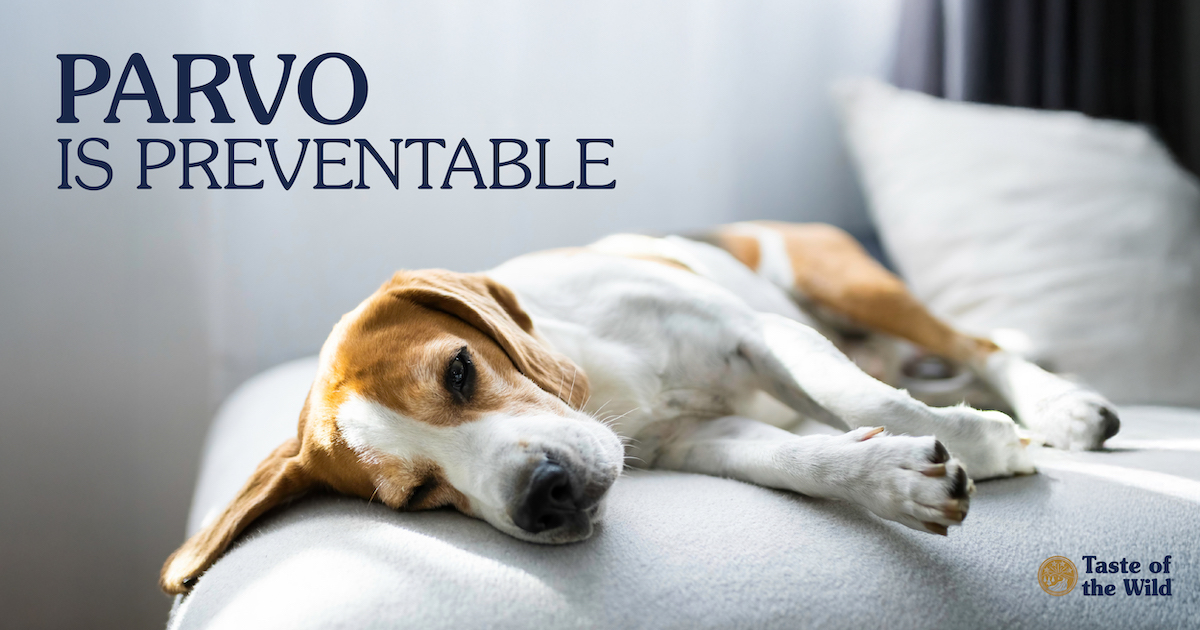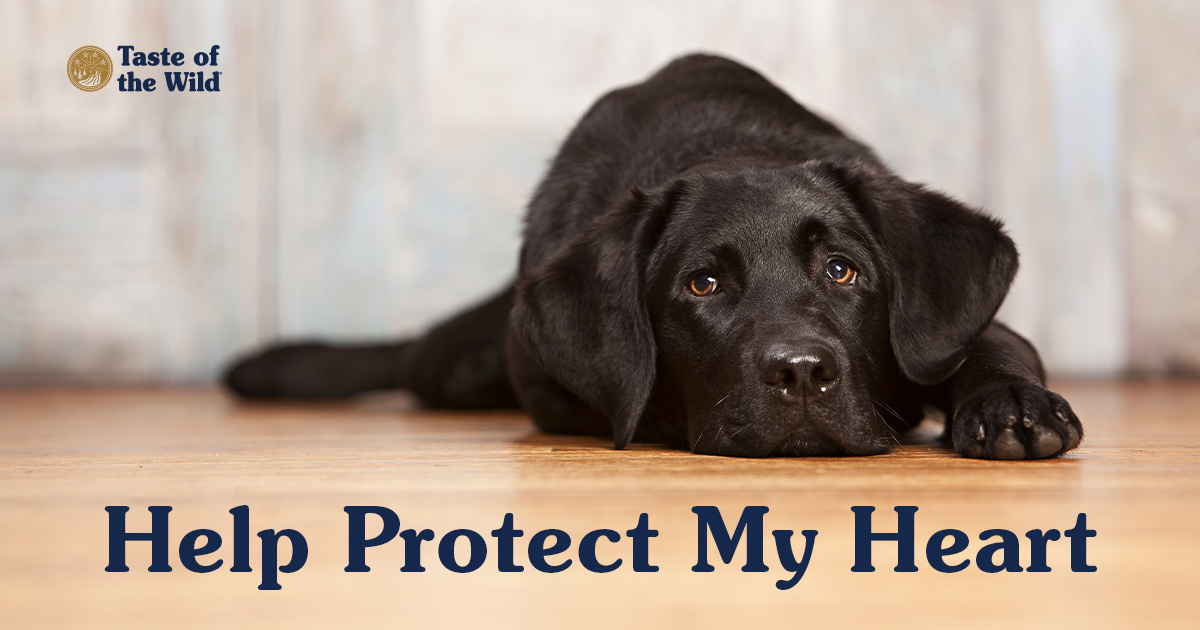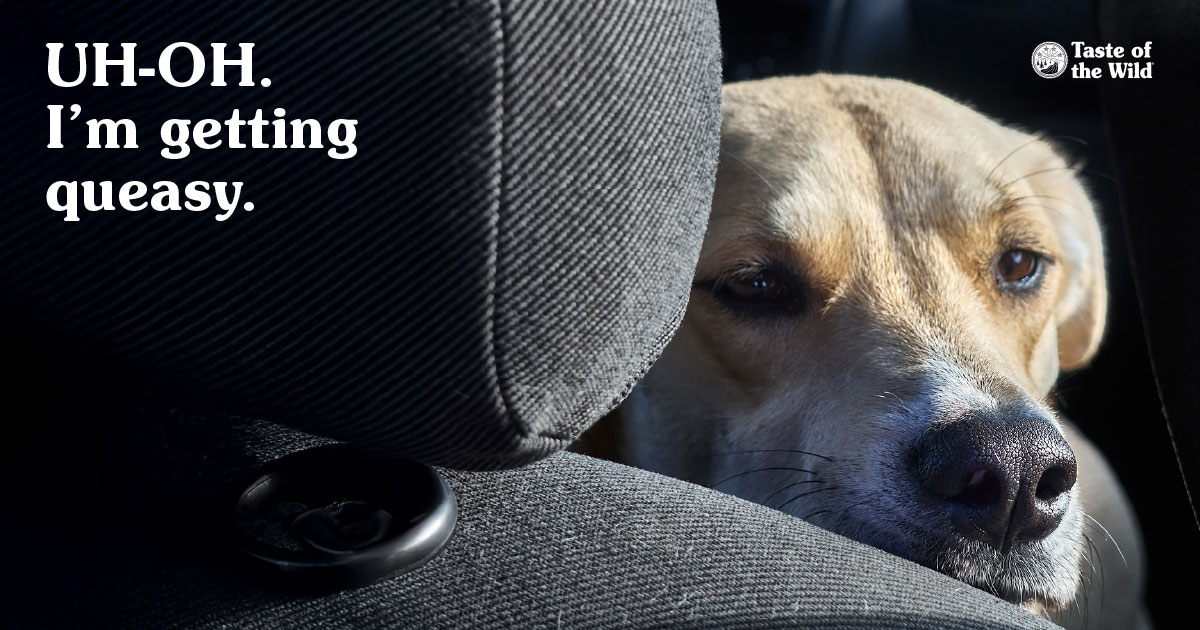When the Wagger Doesn’t Work: Tail Injuries in Dogs
Thursday, July 29, 2021 | Health

If there’s one form of canine communication we can all understand, it’s the tail. Sweeping back and forth like a windshield wiper, it’s the perfect symbol of dog bliss. But what happens when the tail is injured? Here are a few ways dogs typically hurt their hindmost parts.
Tail trauma
Trauma is one of the most common reasons for tail injuries in dogs. A tail may accidentally be slammed in a door. Or injuries can happen when dogs are hit by cars or fall off a bed. Even pulling a dog’s tail too hard can cause problems.
Since the tail contains bony vertebrae which protect nerves, trauma can lead to broken vertebrae and damaged nerves. If the injury happens at the end of the tail, in some cases, the tail may be able to heal on its own. But serious injury may require surgery to remove part or all of the tail.
Happy tail syndrome
Is it possible for dogs to be too happy? It can be if they end up with “happy tail syndrome.” This happens when a dog wags its tail so hard that the appendage slaps against nearby hard surfaces, like kennels, walls and furniture, until it’s injured and bleeding. These dogs are often so happy, they think nothing of wagging their tails down your hallway, flinging drops of blood against the walls until your house looks like a crime scene.
The cheerful culprits tend to be large dogs with long, short-haired tails, such as Labrador retrievers. The trouble is, you can’t tell them to stop wagging until their tails heal, which may take six weeks or more. During healing, it’s important to keep the wound clean and watch for infections. Laser therapy may help healing and sometimes sutures are needed to close the wound.
Veterinarians will often wrap the tail in bandages or duct-tape plastic syringe cases to the tail in an effort to prevent further injury. Dogs may need to wear the “cone of shame” to keep from pulling off bandages. In severe cases, tail amputation may be needed.
Limber tail syndrome
Also known as cold tail or swimmer’s tail, this is a painful muscle condition that happens after a dog overexerts itself. The tail will typically droop limply and may be painful to the touch, mostly at the point it connects to the body. It might almost look like the tail is broken.
Large working dogs, hunting breeds and athletic dogs such as Labrador retrievers, English pointers and golden retrievers are typically affected.
Limber tail may occur after a weekend of swimming, especially in cold water, or the day after an outing at the beach, where your dog wagged their tail all day with the kids. It also happens in hunting dogs when they’re transported in a kennel and spend hours in the wet and cold.
The good news is the tail usually improves with a little rest. Your veterinarian may also prescribe nonsteroidal anti-inflammatory medications.
Obsessive tail chasing
Some dogs like to spin in circles and chase their tails. Of those, there are a few who will actually bite or chew on it if they catch it. There can be a variety of explanations for this, but one is obsessive behavior.
Some breeds may be predisposed to the condition, including bull terriers, dachshunds and Jack Russell terriers. It may start early, with pups furiously spinning as a form of play. But if it intensifies over time and starts happening with more frequency, there may be a behavior issue behind it.
No one is sure exactly what causes the problem. In some cases, there may be underlying pain in the tail, stomach or skin. Some theorize that early separation from the litter or conflict in the home environment may be part of it. In some cases, excitement, fear or stress can trigger the behavior.
Dogs with this issue should not be punished. A veterinarian should examine the dog to see if there are any underlying health causes. Otherwise, behavior modification, exercise and possibly medication may help dogs focus on other things besides their tails.
RELATED POST: Tell Me Where It Hurts: Signs of Pain in Pets
The information in this blog has been developed with our veterinarian and is designed to help educate pet parents. If you have questions or concerns about your pet’s health or nutrition, please talk with your veterinarian.




